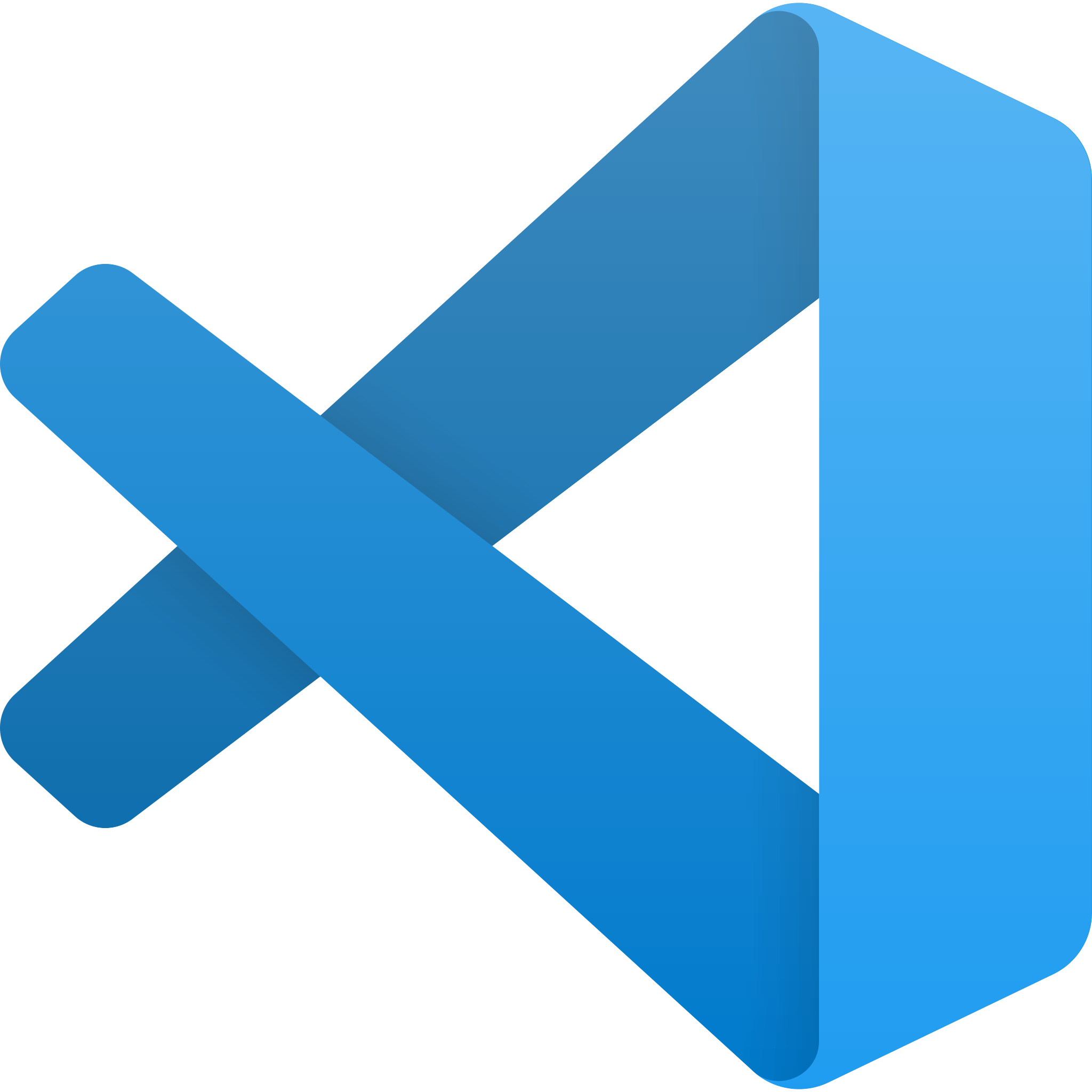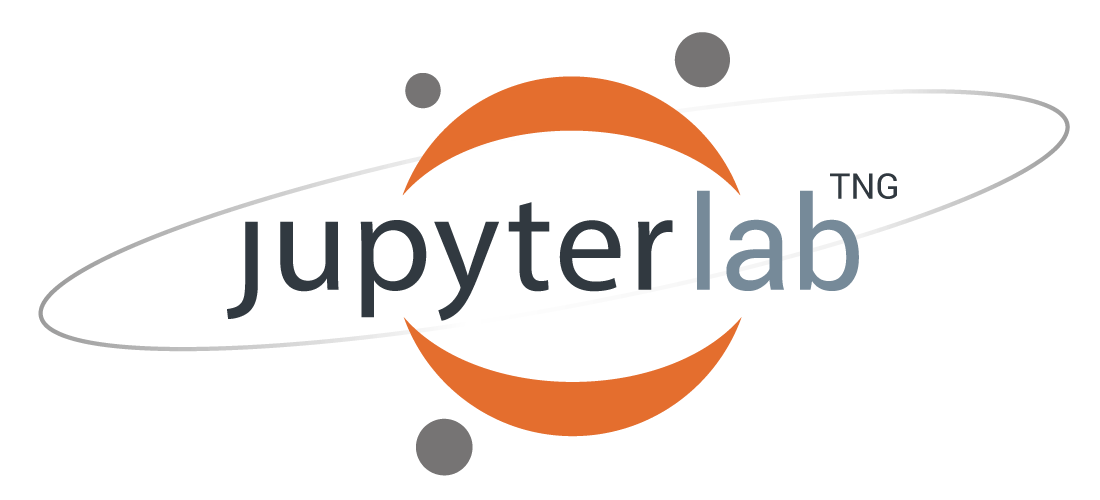Public repository that exposes project partners and collaborators to open source tooling, python libraries, and simple programs requiring command line execution.
Working through the steps laid out in this README helps us jumpstart a conversation around your comfort using open source tools and technologies that the Data Clinic could use during the partnership. For example, docker, python-based modules, jupyter notebook, and command line execution.
When our partners don't have a prescribed ecosystem (i.e. tech stack) it's important that we design a solution that you can truly own after handover. Early exposure to the design components that support our analytics and applications helps project partners know what they'll be using to do their work.
Early shared understanding of what we need to do (re: design) and what y'all need to do (re: upskilling) gives us all much more room to maneauver. For example, we can make different design choices from the get-go, spend some time through-out the project upskilling, or guide you towards free or low-cost learning materials. Or perhaps this experience stimulates conversations within your team on different platforms to explore going forward (Tableau? Google Cloud? Azure?).
To complete the exercise, follow the steps below. We recommend that you actively document your process and as you go along.
Some thoughts to keep in mind as you journal:
-
Where did you get stuck? How did you unstick yourself? Did you use any online guides/materials to help you out?
-
What did you learn? Was anything you were asked to do that surprised you?
-
Think about your current processes - imagine where this new tool will fold into that process. Describe that too.
We recommend that you adopt a code editor to avoid working solely in terminal. For the sake of this exercise, download the free version of Visual Studio Code. Note that there are other open source, free editors out there to chose from!
We'll be using Homebrew
- Open a terminal. How to open a terminal on MAC
- Paste this into the terminal. This will run an installation script, which will pause and offer explanation throughout the process and will periodically ask for your permission to continue on.
/bin/bash -c "$(curl -fsSL https://raw.githubusercontent.com/Homebrew/install/HEAD/install.sh)"
Git is a distributed version control system. Every change made to code is tracked in the repository. Also, the entire codebase and history is available on every developer/user's computer, which allows for easy branching and merging and executing. More info on Github
Must Dos
- Create a Github account
- Use brew to install git command line package. Paste this into the terminal. This tutorial video provides additional guidance on set-up (if needed) How to Install Git on Mac OS
brew install git
Extra Credit
We aren't going to ask you to set-up a python-friendly development environment on your local machine. Instead, we'll guide you through a containerized solution.
"Docker is a tool for creating and deploying isolated environments for running applications with their dependencies. Basically, Docker makes it easy to write and run codes smoothly on other machines with different operating systems by putting together the code and all its dependencies in a container. This container makes the code self-contained and independent from the operating system." Source Article
- Install Docker using Brew
brew install docker
- Install Colima. Colima is an open source project that let's us work with docker containers without needed to work through the Docker Desktop.
brew install colima
Open Visual Studio Code and clone this repository.
colima start --cpu=4 --disk=100 --memory=6 --dns=1.1.1.1
docker build -t data-clinic-technical-assessment .
docker run -it -p 8000:80 -p 8888:8888 -v $(pwd):/technical_test data-clinic-technical-assessment bash
make run_data
This will write a file called test.csv to ./data/interim directory.
python -m src.data.make_census_data --group_id S1501 --geometry_level NECTA
This will call the census api and populate write the following files to your local ./data directory.
./raw/NECTA
└── tiger_zip.zip
./interim/NECTA
├── tl_2020_us_necta.cpg
├── tl_2020_us_necta.dbf
├── tl_2020_us_necta.prj
├── tl_2020_us_necta.shp
├── tl_2020_us_necta.shp.ea.iso.xml
├── tl_2020_us_necta.shp.iso.xml
└── tl_2020_us_necta.shx
./processed/NECTA
└── census_geom_NECTA.geojson
If you see these files, then it worked!
Feel free to explore census data by trying different table/geography combinations. List of ACS 2020 5-year subject tables
Open the config.py file located under the ./src directory. Modify the string variable specified after WORD_FOR_PRINT = and save the file. Run the command make run_data again and see if the printed statement changes.
Once you've launched your local container and you're in the bash terminal, execute:
jupyter lab --ip 0.0.0.0 --allow-root --NotebookApp.notebook_dir=/technical_test
Copy and paste the https path from the terminal into your web browser. I am confident that this works for Chrome. This link will take you to a Jupyter Lab environment whose kernel is backed by your local docker container. Note that closing the terminal will end your Jupyter Lab session
There is an example notebook in the ./notebooks directory called data_visualization.
Practice running the notebook cells. And feel free to play around with them! This is a space designed for you to explore.
To end your jupyter session, run ctrl+c in terminal.
- https://pythonspeed.com/articles/activate-conda-dockerfile/
- https://www.linuxteacher.com/docker-add-vs-copy-vs-volume/#:~:text=VOLUME%20is%20different%20from%20COPY,operating%20system%20can%20interact%20with.&text=This%20command%20syncs%20the%20Docker,host%20OS's%20cool%2Dproject%20directory.
- https://www.youtube.com/watch?v=EpuNiXfk-u0



